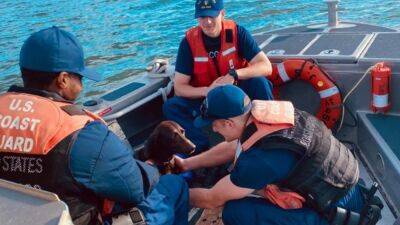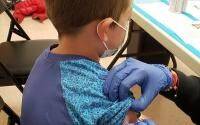Uranus probe, search for life near Saturn: Survey outlines most important space missions
FILE- This is an image of the planet Uranus taken by the spacecraft Voyager 2. NASA's Voyager 2 spacecraft flew closely past distant Uranus, the seventh planet from the sun, in January 1986. (NASA/JPL)Top scientists say we should prioritize a first-of-its-kind probe to Uranus and take a look for life on one of Saturn’s moons.
Every 10 years, representatives from fields like astrobiology and planetary sciences compile a report based on a survey which outlines the most important areas of research for their specific fields.
The recommendations from the decadal survey lay out scientific priorities and opportunities and make funding recommendations to maximize the advancement of planetary science, astrobiology, and planetary defense, according to a news release from The National Academies of Sciences, Engineering and Medicine.
Previously recommended missions have included the Mars Exploration Program as well as the Planetary Defense Program and many others. "This report sets out an ambitious but practicable vision for advancing the frontiers of planetary science, astrobiology, and planetary defense in the next decade," said Robin Canup, assistant vice president of the Planetary Sciences Directorate at the Southwest Research Institute, and co-chair of the National Academies’ steering committee for the decadal survey. "This recommended portfolio of missions, high-priority research activities, and technology development will produce transformative advances in human knowledge and understanding about the origin and evolution of the solar system, and of life and the habitability of other bodies beyond Earth." There are three different categories that determine how much and how high of a priority a mission will rank.The small.
Read more on fox29.com














































